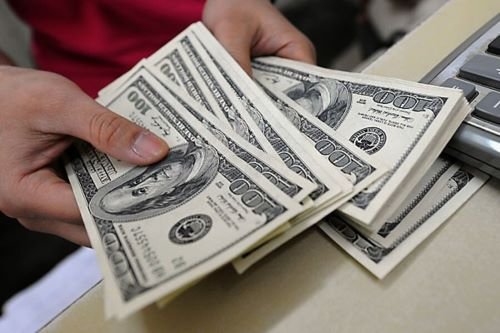5 Steps to Becoming a Millionaire as a Solopreneur
/Financial stability is one of the top concerns when considering self-employment. Cash flow will be erratic, and it takes time (sometimes years) before you feel confident about making a living as a solopreneur. Becoming a millionaire while self-employed can seem unlikely, yet I did it without really trying. Here are my five steps to becoming a millionaire as a solopreneur.
1. Charge what you're worth, and bill the client directly -- not as a subcontractor.
If you're working through someone else or not earning a good pay rate, it's going to be awfully hard to become a millionaire. When you subcontract through an agency or consulting firm you are usually paid about 65 percent of what you're worth. (Most agencies take a 35 percent fee. In other words, they're charging the client 135 percent more than they are paying you.)
Let's say last year you made $125,000 as a subcontractor. That means you gave up about $44,000 in income. If you had billed the client directly, your gross earnings would have been about $169,000. Your post-tax earnings will be more complicated, because you have to pay self-employment tax. But there are ways to offset that extra tax, particularly by taking business-owner tax deductions and saving money for retirement, both of which lower your taxable income.
2. Get repeat business.
For the first 10 years of my consulting business, I had two major clients who hired me repeatedly. Clearly, I was doing something right, because they kept bringing me back. I was following my guiding principles as a consultant:
• Do whatever it takes to keep your word. (Relatedly, under-promise and over-deliver.)
• Make your client look good; be the wizard behind the curtain.
3. Siphon off 40 percent of every client payment.
My cash flow was erratic as an independent consultant, ranging from $5,000 to $28,000 a month. To make matters worse, I have no fiscal discipline. If I see money in my bank account, I get looser with my spending. Knowing this and knowing that I had to make big tax payments four times a year, I set up a "sweep account" with an online bank, not my day-to-day bank. Every time I deposited a payment from a client into my regular bank, I immediately transferred 40 percent to the online bank. Out of sight, out of mind. I always had the cash I needed to make my quarterly tax payments, and at the end of the tax year I had at least $20,000 to put into my SEP-IRA, often more. (A Simplified Employee Pension is a type of IRA for self-employed individuals or small-business owners.) This had the double benefit of growing my retirement account while also lowering my taxable income.
4. Spend wisely.
Know what's important to you and spend your disposable income accordingly. For me, it's traveling. For example, about every two years I take my daughter on an international trip. Meanwhile, I drive a 17-year-old car.
5. Invest.
I was lucky to invest early in the longest bull market in history, but I'm not a sophisticated investor. The bulk of my retirement is in index funds. The important thing is to invest early. I started saving money in a 401(k) at my first job out of school, even though I was paying off student loans. While that early saving certainly helped me reach millionaire status, what really made the difference were the big chunks of money I saved (about $25,000 per year) as a solopreneur.
These are the five steps I took to reach millionaire status. It wasn't that hard, though it did take several years. Just like a journey of a thousand miles begins with a single step, so does the accumulation of wealth.


